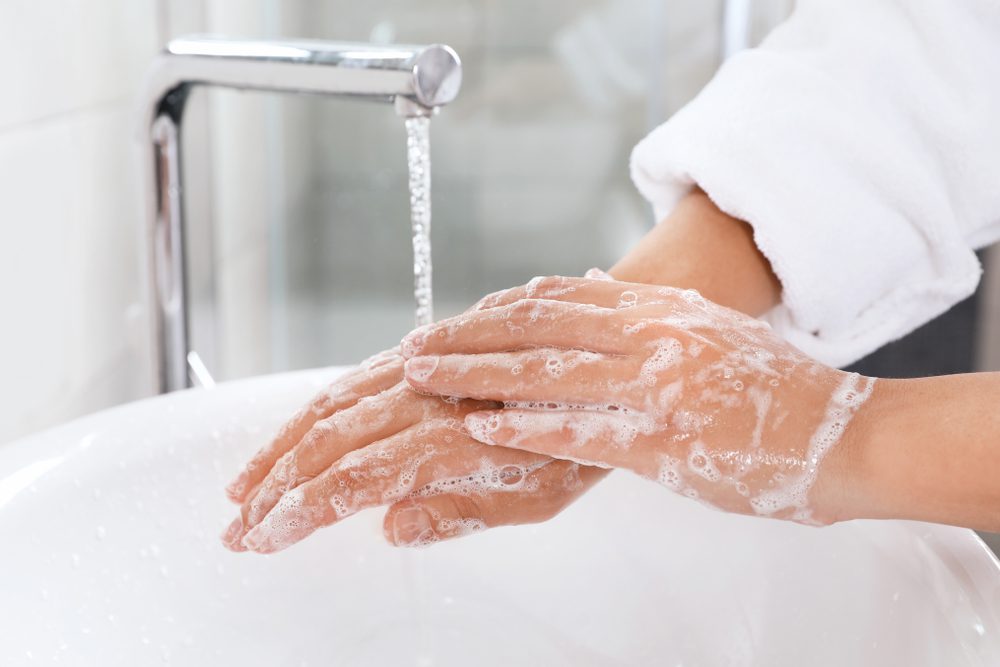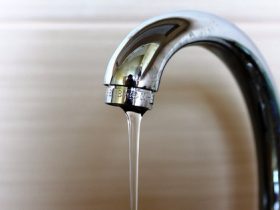How do you really feel on the subject of 10 Reasons for Low Water Pressure in Your House?

Low water pressure in your house can be a frustrating problem, affecting whatever from showering to cleaning recipes. If you're experiencing weak water circulation, there are numerous feasible causes and services to explore. In this overview, we'll go over typical reasons for low tide stress and useful actions to resolve the problem properly.
Introduction to Low Tide Stress
Low tide stress takes place when the flow of water from your taps, showers, and various other components is weak than normal. This can make day-to-day tasks much more tough and much less effective. Understanding the causes of low tide pressure is important to finding the best remedy.
Typical Causes of Low Water Pressure
Faulty Stress Regulatory Authorities
Stress regulators are responsible for maintaining consistent water pressure in your house. If they malfunction, it can cause low water stress or irregular circulation throughout your home.
Local Water Issues
Occasionally, the issue exists outside your home. Metropolitan water concerns, such as main line leakages or maintenance work, can temporarily decrease water stress in your area.
Pipeline Obstructions
With time, pipes can come to be clogged with mineral deposits, sediment, or debris, limiting the flow of water. This is an usual concern in older homes with galvanized steel pipelines.
Corrosion
Rust within pipes can result in leaks and decreased water pressure. Corrosion build-up can constrict water circulation, particularly in maturing plumbing systems.
How to Identify Low Water Stress
Inspecting Pipes
Evaluate noticeable pipelines for indicators of leakages, rust, or obstructions. Take note of any type of uncommon noises, such as banging or rattling pipelines, which could show problems within the plumbing system.
Consulting with a Plumber
If you're incapable to identify the reason for low water pressure, take into consideration working with an expert plumber to perform a comprehensive inspection. They can determine underlying problems and advise appropriate solutions.
Inspecting Faucets and Fixtures
Start by evaluating the water stress at various faucets and fixtures throughout your home. If the issue is separated to certain areas, it may suggest localized troubles.
DIY Solutions to Repair Low Tide Pressure
Flushing Hot Water Heater
Sediment buildup in the hot water heater can limit flow and decrease performance. Purging the container occasionally aids get rid of sediment and maintain ideal performance.
Inspecting Pressure Regulatory Authority
Ensure that the stress regulatory authority is operating appropriately. Adjusting or changing the regulator can aid restore appropriate water pressure throughout your home.
Cleaning Aerators and Showerheads
Mineral deposits can build up in aerators and showerheads, minimizing water flow. Eliminate and clean up these parts consistently to boost water stress.
Clearing Clogs in Pipeline
For small obstructions, attempt utilizing a plumbing snake or chemical drainpipe cleaner to clear blockages in pipes. Beware when using chemicals and adhere to safety and security standards.
When to Call a Specialist Plumber
If do it yourself initiatives fall short to solve the concern or if you believe considerable plumbing problems, it's finest to look for aid from a certified plumber. They have the experience and devices to resolve complex issues safely and successfully.
Safety Nets to Maintain Water Stress
Installing a Pressure Booster
Take into consideration setting up a stress booster pump to boost water pressure in locations with continually low flow. This can be specifically advantageous for multi-story homes or homes with high-demand components.
Tracking Water Usage
Be mindful of water usage habits and stay clear of overtaxing the plumbing system. Basic modifications, such as shocking showers and washing lots, can help keep appropriate water stress.
Routine Upkeep
Set up regular upkeep for your plumbing system to prevent problems such as rust, leaks, and clogs. Resolving minor issues early can assist prevent more substantial fixings later on.
Final thought
Taking care of low tide stress can be discouraging, yet recognizing the underlying reasons and implementing suitable services can restore optimum circulation throughout your home. Whether it's cleaning up aerators, checking pipes, or seeking advice from a plumber, taking proactive actions can guarantee a steady supply of water for your day-to-day needs.
FOUR WAYS TO FIX LOW WATER PRESSURE NOW
Turning on a shower or faucet only to find the water comes out in a sad, slow drizzle is never a good feeling. How exactly are you supposed to wash a pan or take a quick shower when it takes 10 minutes just to rinse off a little soap? The good news is that when your water pressure is bad, there's always a cause: typically one that can be easily fixed. Here are some of the most common causes of low pressure and what you can do to fix the issue:
DEBRIS AND MINERAL DEPOSIT BUILDUPS
If you notice low water pressure from just one or two of the fixtures in your house, the problem likely has to do with debris buildup. Water is full of minerals and other debris, all of which can accumulate in your pipes and on your fixtures. This can cause a blockage that affects how much water flows through. To fix this, try filling a small plastic bag with white vinegar, and use a rubber band to hang it around your showerhead or faucet. Let the head of the fixture soak for a few hours, and the vinegar should loosen the deposits.
WATER LEAKS
Leaks are another common cause of low water pressure. If water is flowing out of your plumbing through a hole or crack before it can reach your fixture, the pressure coming out of the faucet or showerhead will be lower. A plumbing professional is your best bet for finding and repairing a leak in your water supply pipes.
Leaks are another common cause of low water pressure. If water is flowing out of your plumbing through a hole or crack before it can reach your fixture, the pressure coming out of the faucet or showerhead will be lower. A plumbing professional is your best bet for finding and repairing a leak in your water supply pipes.
A VALVE ISSUE
If you have low water pressure throughout your home, check your main shut-off valve to make sure it's completely open. You may also want to see if there's a pressure-reducing valve installed. If there is, have a plumber help you adjust the settings to get the pressure you're looking for.
OTHERS USING WATER
Believe it or not, your low water pressure could be caused by your neighbors. If you notice low pressure at certain times of day, it may be because you and the people living next to you have similar schedules - when everyone is showering at the same time, the pressure will be lower in every home. Low pressure throughout the neighborhood may also be caused by an issue with your municipal water supply. If that's the case, call the supplier to see if they're working on the issue.
https://www.rotorooter.com/blog/water-leaking/low-water-pressure-fixes/

Do you really like more info about Low Water Pressure in the House?? Place a remark further down. We would be delighted to find out your opinions about this review. Hoping that you visit us again in the near future. You should pause to share this blog post if you enjoyed reading it. Thanks a lot for going through it.
Visit